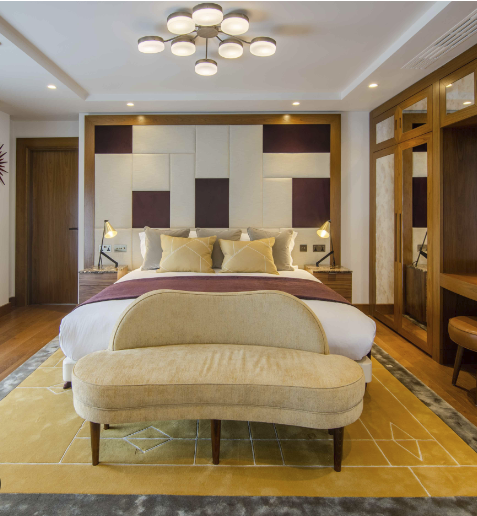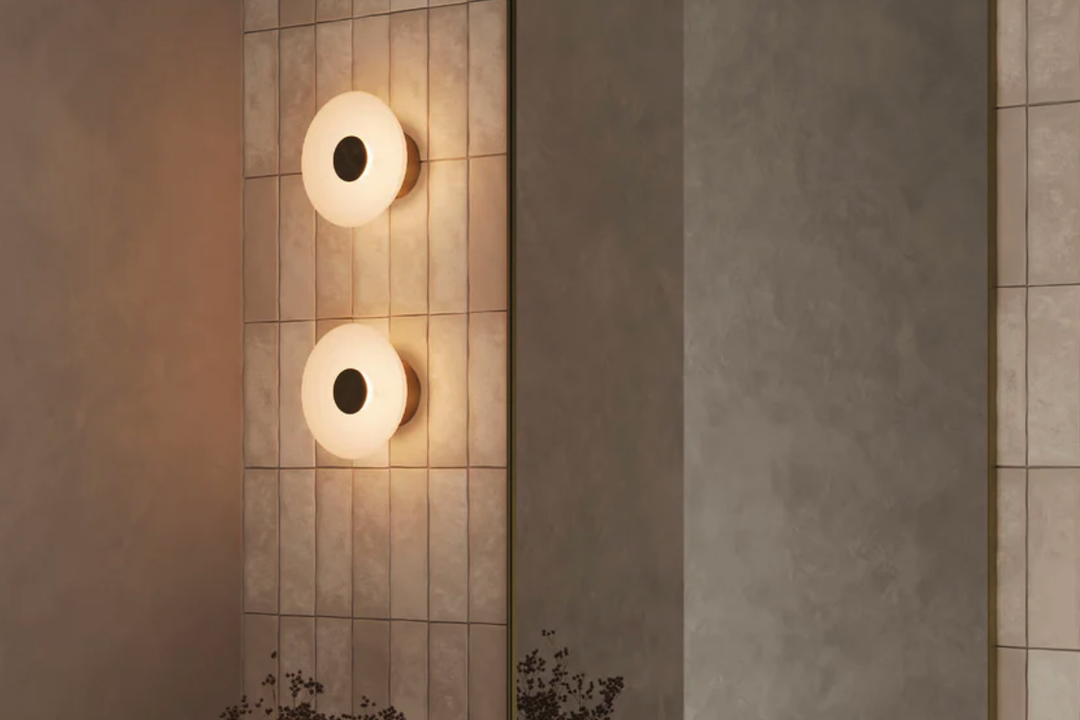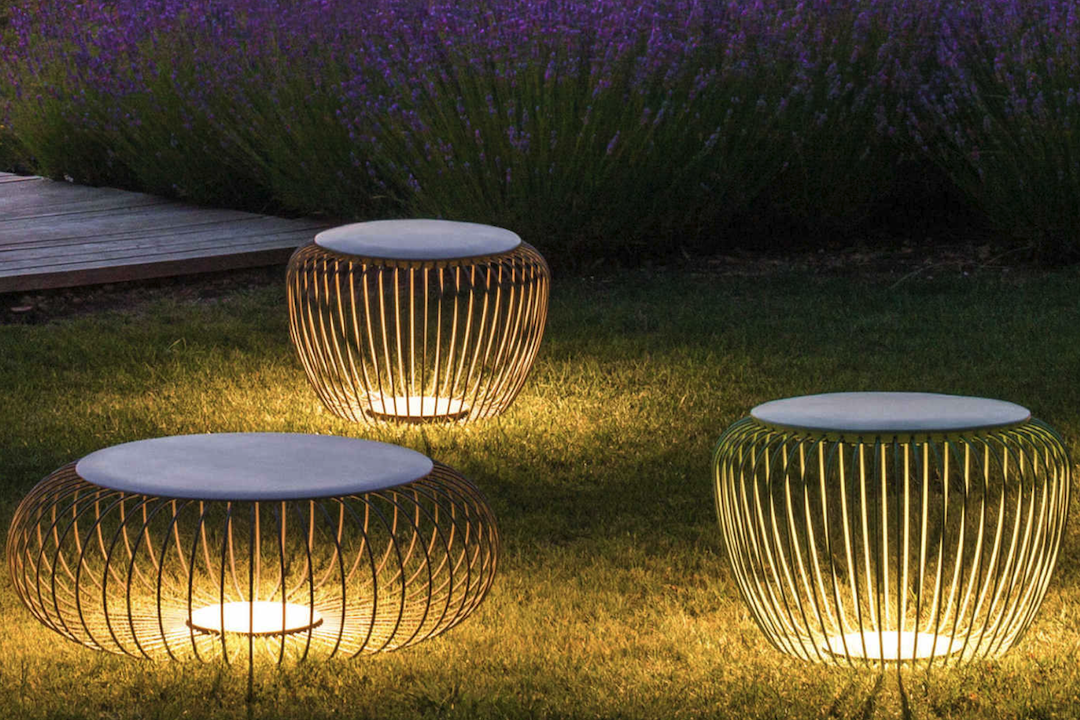When we consider the overall experience of a hotel stay, the significance of interior lighting cannot be overstated. Lighting serves as a fundamental element that shapes the atmosphere and mood of a space, influencing how guests perceive their surroundings. It is not merely a functional necessity; rather, it plays a crucial role in creating an inviting and comfortable environment.
The right lighting can enhance the aesthetic appeal of a hotel, making it feel warm and welcoming, while poor lighting can lead to feelings of discomfort or unease. As we navigate through various hotel spaces—from the lobby to guest rooms—lighting sets the tone, guiding our emotions and experiences. It can evoke feelings of relaxation, excitement, or even nostalgia, depending on how it is utilized.
Moreover, effective hotel interior lighting can significantly impact guest satisfaction and overall perception of the establishment. In a competitive hospitality market, where first impressions are paramount, lighting can be a decisive factor in attracting and retaining guests. Thoughtfully designed lighting can highlight key areas such as reception desks, dining areas, and lounges, drawing attention to the hotel’s unique features and amenities.
Additionally, it can enhance safety and security by illuminating pathways and entrances, ensuring that guests feel secure as they navigate the premises. By investing in quality lighting design, hotels can create memorable experiences that resonate with guests long after their stay has ended, ultimately fostering loyalty and encouraging repeat visits.
Types of Lighting Fixtures for Hotels
Decorative Lighting: Creating Focal Points
Pendant lights are particularly popular in dining areas and lobbies, where they can create focal points that draw guests in and encourage social interaction. These fixtures not only provide essential illumination but also serve as artistic statements that reflect the hotel’s design ethos.
Functional Lighting: Catering to Specific Needs
In addition to decorative fixtures, we must also consider functional lighting solutions Gevicodesign that cater to specific needs within the hotel environment. Recessed lighting is often employed in guest rooms and bathrooms to provide a clean and unobtrusive source of light, while task lighting is essential in workspaces or reading nooks where focused illumination is required.
Accent Lighting: Adding Depth and Interest
Furthermore, we should not overlook the importance of accent lighting, which can be used to highlight artwork or architectural details, adding depth and interest to the space. By combining various types of lighting fixtures, we can achieve a layered lighting design that enhances both functionality and aesthetics, ensuring that every corner of the hotel is well-lit and inviting.
Choosing the Right Color Temperature for Hotel Lighting
As we delve deeper into the intricacies of hotel lighting design, one critical aspect that demands our attention is color temperature. The color temperature of light is measured in Kelvin (K) and significantly influences the mood and atmosphere of a space. Warmer color temperatures (around 2700K to 3000K) tend to create a cozy and intimate ambiance, making them ideal for areas where relaxation is paramount, such as lounges and guest rooms.
Conversely, cooler color temperatures (above 4000K) evoke a more energetic and vibrant atmosphere, which may be suitable for fitness centers or conference rooms where focus and productivity are essential. By thoughtfully selecting the appropriate color temperature for each area within the hotel, we can enhance the overall guest experience. Furthermore, it is essential to consider how different color temperatures interact with various materials and colors present in the hotel’s design scheme.
For instance, warm light can enhance the richness of wooden furnishings and textiles, creating a harmonious environment that feels inviting and luxurious. On the other hand, cooler light may be more effective in showcasing modern design elements or bright colors, providing a fresh and contemporary feel. As we navigate this complex landscape of color temperature choices, we must remain mindful of our target audience and their preferences.
By aligning our lighting choices with the desired atmosphere for each space, we can create an environment that resonates with guests on a deeper level.
Incorporating Natural Light into Hotel Design
In our quest for exceptional hotel interior lighting, we cannot overlook the profound impact of natural light on our overall experience. Incorporating natural light into hotel design not only enhances the aesthetic appeal but also contributes to guests’ well-being. Studies have shown that exposure to natural light can improve mood, increase productivity, and promote better sleep patterns—factors that are particularly important in a hospitality setting.
Large windows, skylights, and open spaces allow sunlight to flood into common areas and guest rooms alike, creating an uplifting atmosphere that connects guests with the outside world. Moreover, strategically placed windows can frame picturesque views of the surrounding landscape or cityscape, transforming ordinary spaces into extraordinary experiences. By designing with natural light in mind, we can create seamless transitions between indoor and outdoor environments, encouraging guests to engage with their surroundings.
For instance, outdoor terraces or balconies can be enhanced by natural light during the day while providing an enchanting backdrop for evening gatherings when illuminated by soft artificial lighting. This harmonious blend of natural and artificial light not only elevates the hotel’s aesthetic but also fosters a sense of tranquility and connection with nature—an invaluable aspect of any memorable stay.
Using Lighting to Highlight Architectural Features
As we continue our exploration of hotel interior lighting design, we recognize the potential of lighting to accentuate architectural features within a space. Thoughtful illumination can transform ordinary elements into striking focal points that capture guests’ attention and enhance their overall experience. For instance, highlighting intricate moldings or unique structural elements with accent lighting can create visual interest and depth within a room.
This technique not only showcases the craftsmanship involved in the hotel’s design but also adds character to the space, inviting guests to appreciate its unique attributes. In addition to enhancing architectural features, strategic lighting can also guide guests through the hotel by creating visual pathways. By illuminating staircases, archways, or corridors with subtle yet effective lighting solutions, we can lead guests on a journey through the space while ensuring their safety and comfort.
This approach not only enhances functionality but also contributes to an immersive experience that encourages exploration and discovery within the hotel. Ultimately, by using lighting as a tool to highlight architectural features and guide movement through the space, we can create an engaging environment that leaves a lasting impression on our guests.
Creating a Relaxing Ambiance with Soft Lighting
The Power of Soft Lighting
Soft lighting has the power to transform even the most bustling environments into serene retreats where guests can unwind and recharge. By utilizing dimmable fixtures or layered lighting techniques, we can adjust the intensity of light according to different times of day or specific activities—whether it’s an early morning breakfast or an evening cocktail hour. This flexibility allows us to curate an experience that caters to guests’ needs while fostering a sense of comfort.
Creating a Relaxing Ambiance in Guest Rooms
Incorporating soft lighting into guest rooms is essential for promoting relaxation and restful sleep. Bedside lamps with warm bulbs or wall sconces with adjustable brightness can create an inviting atmosphere conducive to winding down after a long day of travel or exploration. Additionally, using indirect lighting techniques—such as cove lighting or illuminated ceilings—can further soften the overall glow within a space while minimizing harsh shadows or glare.
The Impact of Lighting on Guest Experience
By prioritizing soft lighting throughout various areas of the hotel, we can cultivate an environment that encourages relaxation and rejuvenation—a vital aspect of any successful hospitality experience. From establishing ambiance to highlighting architectural features and incorporating natural light, every aspect of lighting contributes to creating memorable stays for our guests. By thoughtfully considering each element—from fixture selection to color temperature—we can craft environments that resonate deeply with visitors while enhancing their overall satisfaction.




